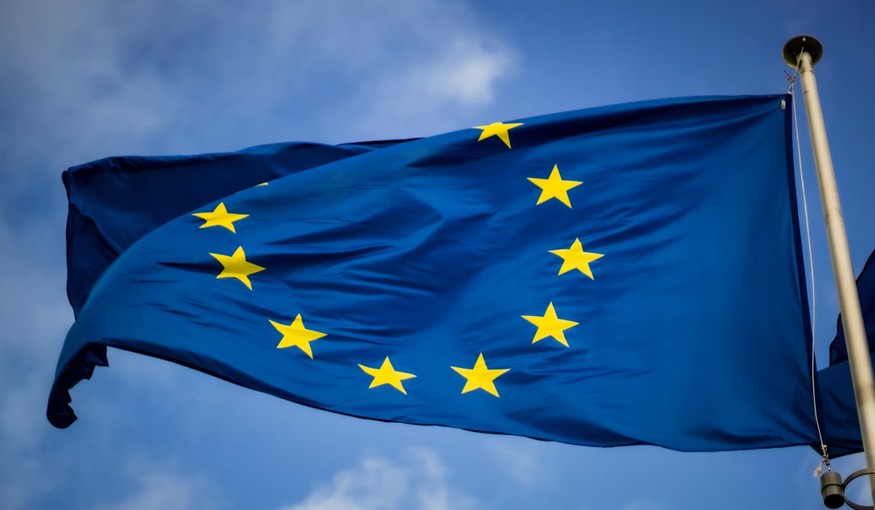There have recently been some groundbreaking regulations introduced for the cryptocurrency market across EU states. Known as the Markets in Crypto-Assets (MiCA) regulations, it encompasses new rules that aim to create a unified regulatory framework across the EU and will also provide legal clarity in the process.
Its implementation is likely to revolutionize the European crypto landscape, benefitting everything from stablecoins to the way crypto exchanges are run. Through comprehensive guidelines for crypto asset service providers (CASPs) and the enhancement of consumer protections, MiCA seeks to establish a safer and more transparent market for all participants.
Background on MiCA
In the last few years alone, more mainstream adoption of cryptocurrencies has grown tremendously. The eCommerce industry and iGaming sectors have proven particularly lucrative as major brands like Shopify extend their reach to crypto-holding customers while the charms of a cryptocurrency casino have become more evident to online gamblers everywhere. Between perks like better security and faster payments, cryptocurrency is slowly becoming a game-changer in the world of finance, just like the Bitcoin founder Satoshi Nakamoto seems to have always intended. As crypto regulation across major markets is now in the spotlight again, the Markets in Crypto-Assets (MiCA) Regulation represents a significant legislative effort by the European Union to create a cohesive regulatory environment for the cryptocurrency market.
Having been initiated by the European Commission in September 2020, MiCA should result in a less fragmented regulatory landscape for EU states. Meanwhile, as it provides better guidelines for everything from the minting, issuing, and trading of crypto assets, this should help improve legal certainty for them too.
By providing a robust framework, it also aims to bolster legal certainty while fostering innovation and safeguarding consumers and traders in the process. Some of the crucial stages in MiCA’s evolution provide for thorough consultations with industry stakeholders. This will also encompass iterative negotiation rounds, culminating in endorsement by both the European Parliament and the Council of the European Union.
Key Provisions of MiCA
The Markets in Crypto-Assets (MiCA) Regulation introduces several critical provisions aimed at creating a stable and transparent regulatory environment for cryptocurrencies within the European Union.
Stablecoin Regulations
Stablecoins get their name as a classification of cryptocurrencies that are backed up by other commodities or financial instruments like fiat currency. For example, Tether is linked to the US Dollar on a 1:1 pegging. For stablecoins to be in circulation, the following must be adhered to:
- Issuers must meet specific capital requirements.
- There is a mandatory disclosure of whitepapers and key information.
- Reserve asset mandates must ensure stability and solvency.
Regulations for Crypto Asset Service Providers (CASPs)
On the other hand, CASPs have to obtain authorization from national regulatory authorities. Additionally, they require stringent cybersecurity measures to be put into place. Lastly, protocols relating to mandatory anti-money laundering (AML) and counter-terrorism financing (CTF) must be adhered to.
Consumer Protection
- Enhanced transparency and information disclosure requirements.
- Measures to prevent market abuse and insider trading.
- Safeguards to protect consumers’ funds and data.
Market Integrity
- Establishment of clear rules for market operations.
- Enforcement of fair and transparent trading practices.
- Supervision and regulation of trading platforms.
The MiCA regulation is set to be implemented in phases, with different provisions taking effect over the next few years. This phased approach allows stakeholders time to adjust and comply with the new standards, ensuring a smooth transition to a more regulated and secure crypto market in the EU.
Short-Term Impacts
The implementation of MiCA is expected to have several immediate effects on the European cryptocurrency market. For one, it provides increased market stability which can spur investor confidence since legislative clarity reduces uncertainty. However, it also means crypto businesses must adapt to the new compliance requirements—potentially increasing operational costs in the short term.
This enhanced regulatory certainty has the potential to attract more institutional investors and drive innovation as businesses try to capitalize on a more secure and predictable market environment. The legitimacy brought by regulation can also reduce the stigma associated with cryptocurrencies and drive their wider adoption among consumers and businesses.
Impact on Stablecoins
MiCA introduces stringent regulations for stablecoins. Given its unique role in the crypto industry, these will aim to enhance its stability and reliability. Issuers of stablecoins are required to meet specific capital requirements and maintain sufficient reserve assets to ensure they can honor redemption requests. Stablecoin issuers must also disclose detailed information about their stablecoins. These include detailed whitepapers as well as key operational details, ensuring transparency and allowing users to make informed decisions.
Implications for Crypto Businesses
The introduction of MiCA brings significant implications for crypto businesses operating within the European Union. Companies will need to navigate new compliance requirements, which, according to a report from Deloitte, includes obtaining authorization from national regulatory authorities, implementing robust cybersecurity measures, and adhering to strict anti-money laundering (AML) and counter-terrorism financing (CTF) protocols.
On the other hand, businesses that successfully comply with MiCA’s have the opportunity to gain a competitive edge by offering enhanced transparency and security to their customers. This also provides added legitimacy and stability for the market and could attract more institutional investors, providing new avenues for growth and expansion in the industry.
Implications For Online Casinos
MiCA is set to have major ramifications for businesses operating with cryptocurrencies. These platforms will have to integrate greater compliance mechanisms to contribute to new regulatory requirements, including obtaining authorization from relevant authorities and implementing strict anti-money laundering (AML) and counter-terrorism financing (CTF) measures. The transparency and disclosure requirements mandated by MiCA will ensure that key adopters of crypto payments like eCommerce stores and online casinos must provide clear information about their operations and the crypto assets they accept.
The increased regulatory scrutiny might lead to a more secure and reliable environment for users, reducing the risks associated with unregulated platforms. However, it will also mean such platforms may need to invest in compliance infrastructure, potentially increasing operational costs. Ultimately, while MiCA presents challenges, it also offers opportunities for online platforms to establish greater legitimacy and trust in the market.
Conclusion
The MiCA regulation marks a significant milestone in the evolution of the European cryptocurrency market. By providing a clear and comprehensive regulatory framework, MiCA enhances legal certainty, fosters innovation, and ensures greater protection for consumers.
While businesses may face initial challenges in adapting to the new requirements, the long-term benefits of a more secure and transparent market are expected to outweigh these hurdles. As the EU leads the way in crypto regulation, the MiCA framework sets a precedent for other regions to follow, ultimately contributing to the global maturation of the cryptocurrency industry.
Credit: Source link















































